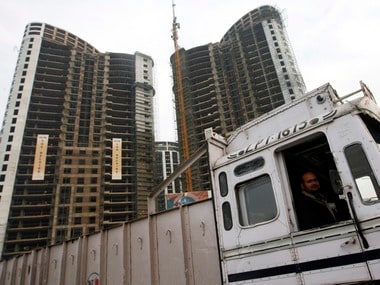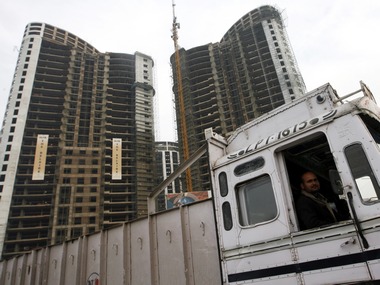The Maharashtra government’s move to scrap the draft development plan 2034 for Mumbai is likely to hit supply of new housing projects and help in clearing existing unsold houses in the city to some extent. This in turn could be a blessing in disguise for realtors as over 1.64 lakh units remain unsold in the Mumbai Metropolitan Region. However, deals for land parcels and private equity transactions for financing housing projects in Mumbai will get stuck due to lack of clarity on the city’s proposed development plan. While there were valid reasons for the lack of confidence in the DP — glaring errors in mapping the existing land use plan, heritage structures missing or their use being erroneously captured, roads that did not exist appeared on the map, cemeteries, schools, and iconic heritage buildings which were either wrongly shown as reserved for recreational ground or playgrounds or were entirely missing — the scrapping means it now has to be redrawn and rectified, which requires patience. So home buyers have to hold tight as prices will remain stagnant. Already a study by brokerage Kotak Institutional estimates that land buying in the city has dropped and prices are not going up as only four or five developers have the capacity to buy land worth more than $200 million. “In a transition period, sellers of land don’t sell as they don’t know the real value of their asset and the buyers too shy away from acquisition for the same reason. Developers don’t send their plans for approval whereas approving authorities and government agencies, too, take a long time to pass the plans until they are doubly sure of all the nuances,” said Gulam Zia, Executive Director at Knight Frank India told Firstpost. [caption id=“attachment_1122801” align=“alignleft” width=“380”]  Reuters[/caption] Already a number of projects in the city have been in limbo ever since the Municipal Corporation of Greater Mumbai announced the new Development Plan 2034 in February. In fact a report by Cushman and Wakefield shows the first quarter of 2015 saw the lowest number of project launches over a period of two years. With a total residential launch of 4000 units, the decline was recorded to be over 71 percent on year on the back of less-than-expected sales in the residential sector, due to which developers are holding back on new launches and instead focusing on completing their existing projects. The civic body will currently be using the stringent of the two development plans — existing one and the proposed DP 2034 — for approving any projects in the city. This implies confusion and ambiguity. “This whole confusion results in no new launches for almost about a year or two. This gap of no new launches in the development cycle would result in severe inventory crunch after three to four years. Going by the economic reforms and the potential revival of consumption, the demand may shoot up in next three to four years and lack of supply at that time can send the property prices skyrocketing,” added Zia. But others like Pankaj Kapoor of Liases Foras that despite the supply constraints, prices may not rise since consumers’ acceptability for current prices is also low and sales volume have not been anything but sluggish in the last three years. Price stagnation is perhaps the first sign of a bear market in real estate. If prices remain flat for the past two years, it means it is time for a price correction. Ashutosh Limaye, head – Research & Real Estate Intelligence Service, JLL India, agrees that until the revised development plan is tabled, the current uncertainty in the real estate market will continue. “Developers will wait to study the proposals and their implications before launching new projects. In the meantime, supply of new units might drop, and this will help in clearing the existing unsold inventory to some extent. Buyers should assess their needs well to decide if they should buy from the projects available now, or if they can wait until clarity emerges via the new DP." The major issue with the proposed DP was higher FSI resulting in high congestion, collection of FSI premium, omissions or misrepresentations on DP, etc. Maharashtra CM Fadnavis has already hit the ground running by asking for a fresh inquiry to ascertain if the errors in the draft were intentional. But while omissions and misrepresentations can be corrected in 4 to 5 months, the recall of the DP gives the authorities a great opportunity to address few of the loopholes that could add to the infrastructure woes of the city. “Instead of collecting premium for additional FSI, the developers could be made to hand over houses or to create civic amenities , et_c._ The houses thus built can be used primarily for rental housing to solve the housing for migratory population to ensure slum-free city, said Zia.
The Maharashtra government’s move to scrap the draft development plan 2034 for Mumbai is likely to hit supply of new housing projects and help in clearing existing unsold houses in the city to some extent. Moreover, deals for land parcels, redevelopment projects and private equity transactions for financing housing projects in Mumbai will get stuck due to lack of clarity on the city’s proposed development plan.
Advertisement
End of Article


)

)
)
)
)
)
)
)
)



